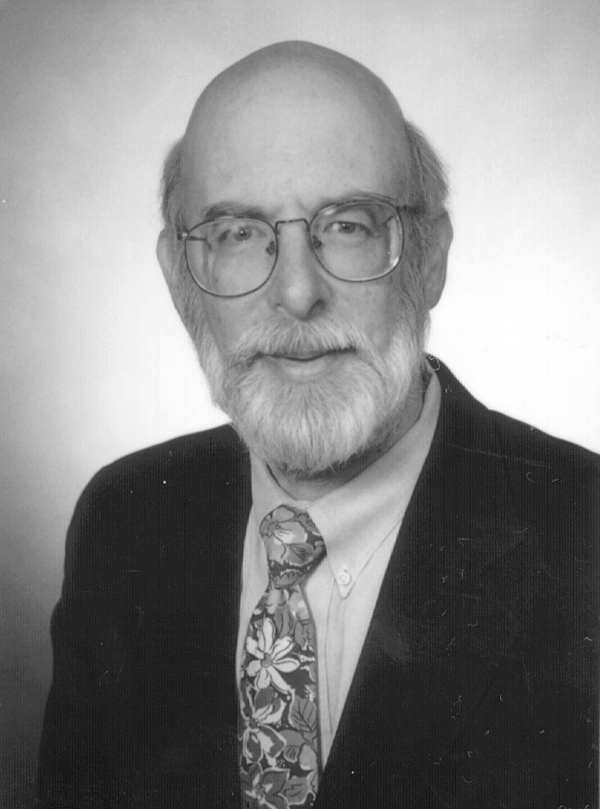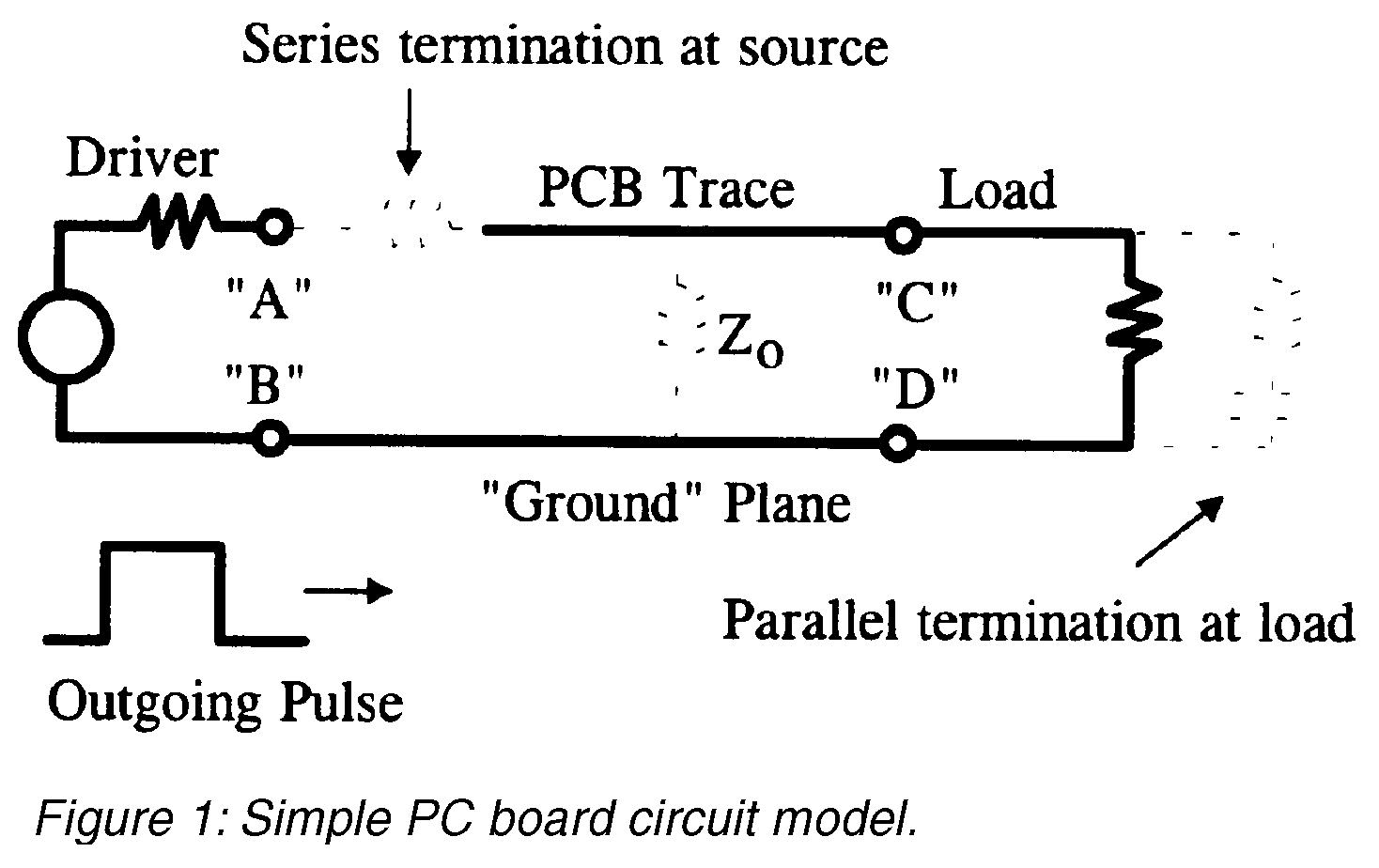 Bob Rothenberg, Associate Editor
Bob Rothenberg, Associate Editor Bob Rothenberg, Associate Editor
Bob Rothenberg, Associate EditorMany EMC engineers spend a significant amount of time trying to reduce the levels of radiated EMI from digital electronics on the PC board. Harmonics from new high speed clock generating integrated circuits and their transmission lines usually comprise the dominant source of the high frequency (above 30 MHz) emissions that radiate from a system’s cables and enclosure. Picking and adjusting the best termination strategy to control signal reflections at the ends of these transmission lines is often a balancing act between at least three signal integrity goals: 1) trying to maximize signal rise and fall times (“edge rates”) to minimize high frequency content, 2) trying to minimize signal edge rates to ensure signal skew is within the overall system budget, and 3) trying to obtain monotonic (smooth-looking) signal edges to achieve clearly defined high and low voltage levels. In this application note, we will begin to take a look at the need for simple transmission line terminations per Figure 1 and their impact on signal integrity.
 Most textbooks and vendor application notes tell us that we must
consider using transmission line terminations when edge rates are fast and PCB traces that
interconnect our circuits are long. To design a digital clock circuit with smooth edges we
must know both: 1) how fast our edges will be and 2) how long the signal trace will be to
decide if transmission line terminations are necessary. If the following inequality is
true, then we will judge that signal rise time is much less than the time it takes the
signal to travel from source to load:
Most textbooks and vendor application notes tell us that we must
consider using transmission line terminations when edge rates are fast and PCB traces that
interconnect our circuits are long. To design a digital clock circuit with smooth edges we
must know both: 1) how fast our edges will be and 2) how long the signal trace will be to
decide if transmission line terminations are necessary. If the following inequality is
true, then we will judge that signal rise time is much less than the time it takes the
signal to travel from source to load:
If we solve the inequality for trace length, we can easily find that a signal with a 100 nS edge can be routed over about 5 meters of PCB trace before we need to worry about using termination components. If the signal edge rate is reduced to 1 nS however, then we must use a termination for traces that are greater than about 5 centimeters in length.
 tells us the relationship between how much time the signal requires to
reach full value versus the time it takes the signal to travel all the way down the
transmission line. If the signal edge is “very” fast as compared with the time
required for the signal to travel from source to load, then we will find that: 1) the
pulse reaches full value before it can get to the end of the line, 2) the voltage and
current on the trace are a function of position, that is, if we look at the signal trace
on the PC board with an oscilloscope, we can expect to see different looking waveforms
when we put our ‘scope probes between points A and B versus points C and D and 3) the
ratio of the magnitude of the total voltage on the trace to the total current |V|/|I| on
the trace must be expressed in terms of a characteristic impedance, Zo. If we find these
three conditions to be true, either through math or by observation, then we may say that
transmission line behavior exists, and that conventional lumped element theory is
inadequate to explain what we see on the oscilloscope. We will have to use appropriate
terminations to achieve good signal integrity in such cases.
tells us the relationship between how much time the signal requires to
reach full value versus the time it takes the signal to travel all the way down the
transmission line. If the signal edge is “very” fast as compared with the time
required for the signal to travel from source to load, then we will find that: 1) the
pulse reaches full value before it can get to the end of the line, 2) the voltage and
current on the trace are a function of position, that is, if we look at the signal trace
on the PC board with an oscilloscope, we can expect to see different looking waveforms
when we put our ‘scope probes between points A and B versus points C and D and 3) the
ratio of the magnitude of the total voltage on the trace to the total current |V|/|I| on
the trace must be expressed in terms of a characteristic impedance, Zo. If we find these
three conditions to be true, either through math or by observation, then we may say that
transmission line behavior exists, and that conventional lumped element theory is
inadequate to explain what we see on the oscilloscope. We will have to use appropriate
terminations to achieve good signal integrity in such cases.
If we find that the inequality in equation #1 is not valid, then the signal rise time is very “slow”, and/or the trace is very short. In such cases, we can say in contrast that: 1) the pulse does not “travel” down the line, but rather the entire line is a single node and has a single unique voltage and current throughout its length, 2) voltage and current now are not a function of position; our scope probe will display the same signal regardless of where we place it along the trace, and 3) circuit and voltage currents are determined primarily by source and load impedances, and are minimally affected by trace characteristic impedance. If we find these three conditions to be true, then we may say that a lumped element circuit with resistors, capacitors, and inductors is good enough to describe what happens on the signal trace. We may decide that no termination components will be necessary to achieve good signal integrity.
In the next part of this article, we will look at transmission line reflections and how termination components are used to control them.
Return to Contents page